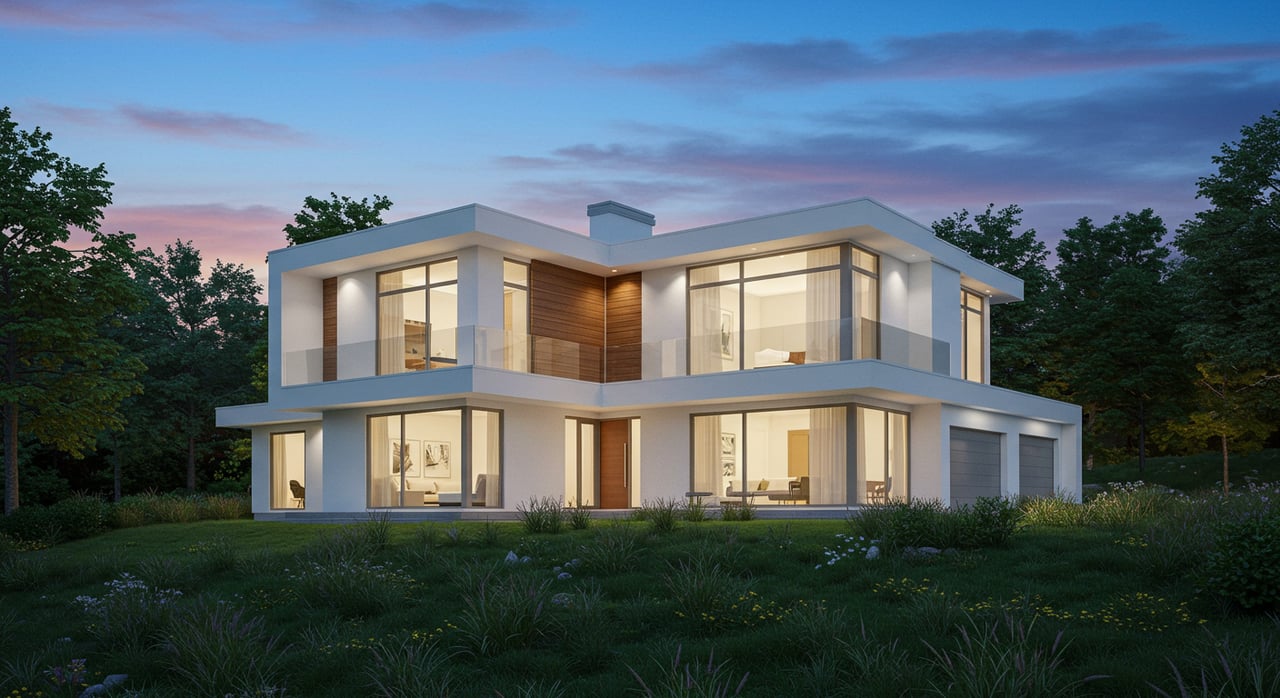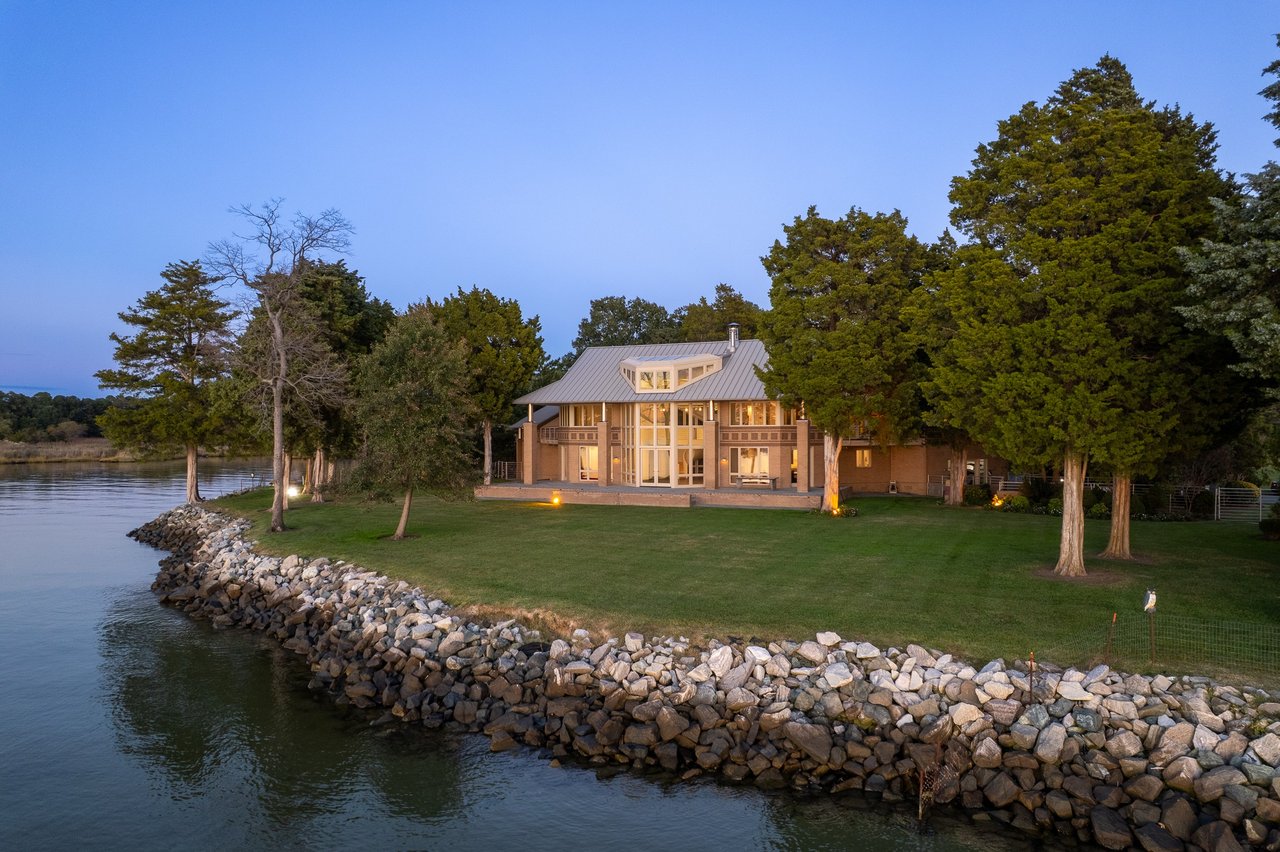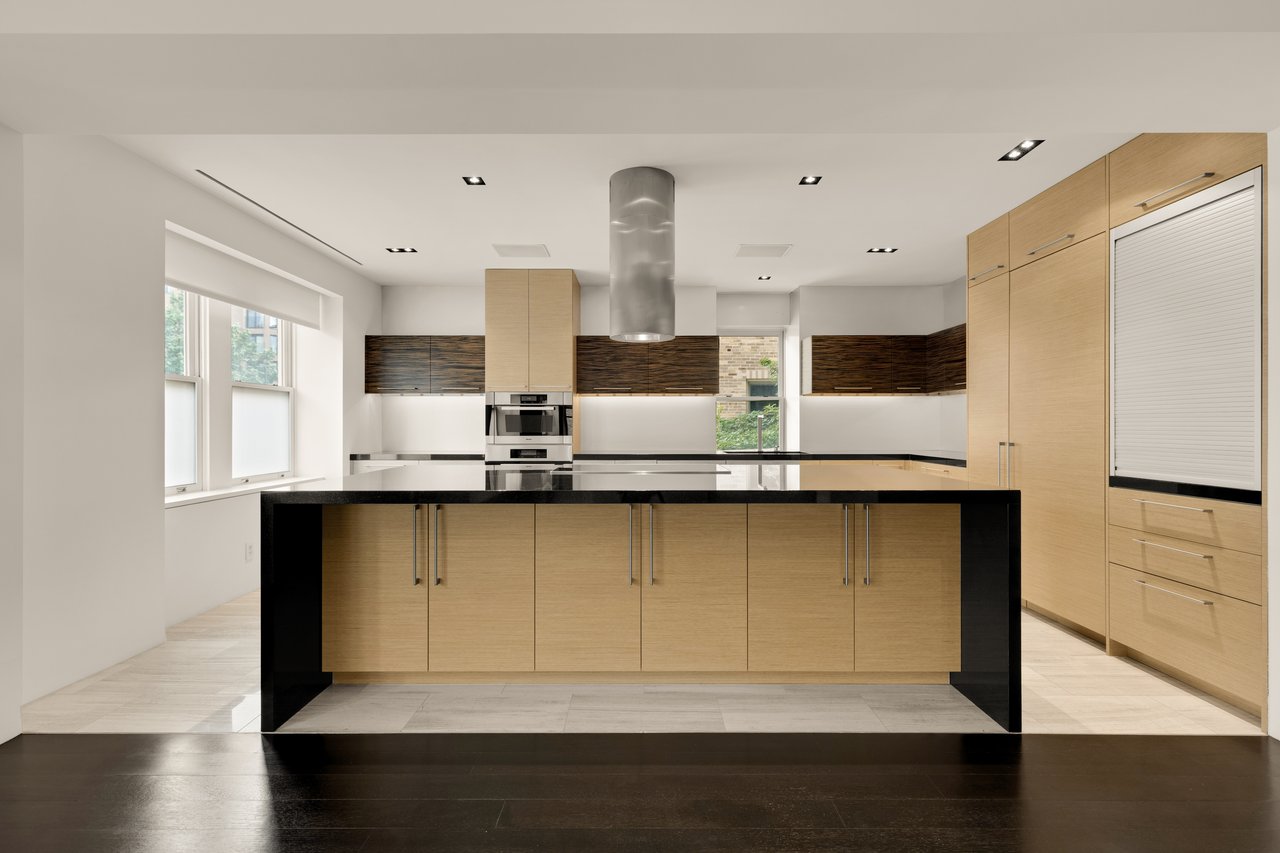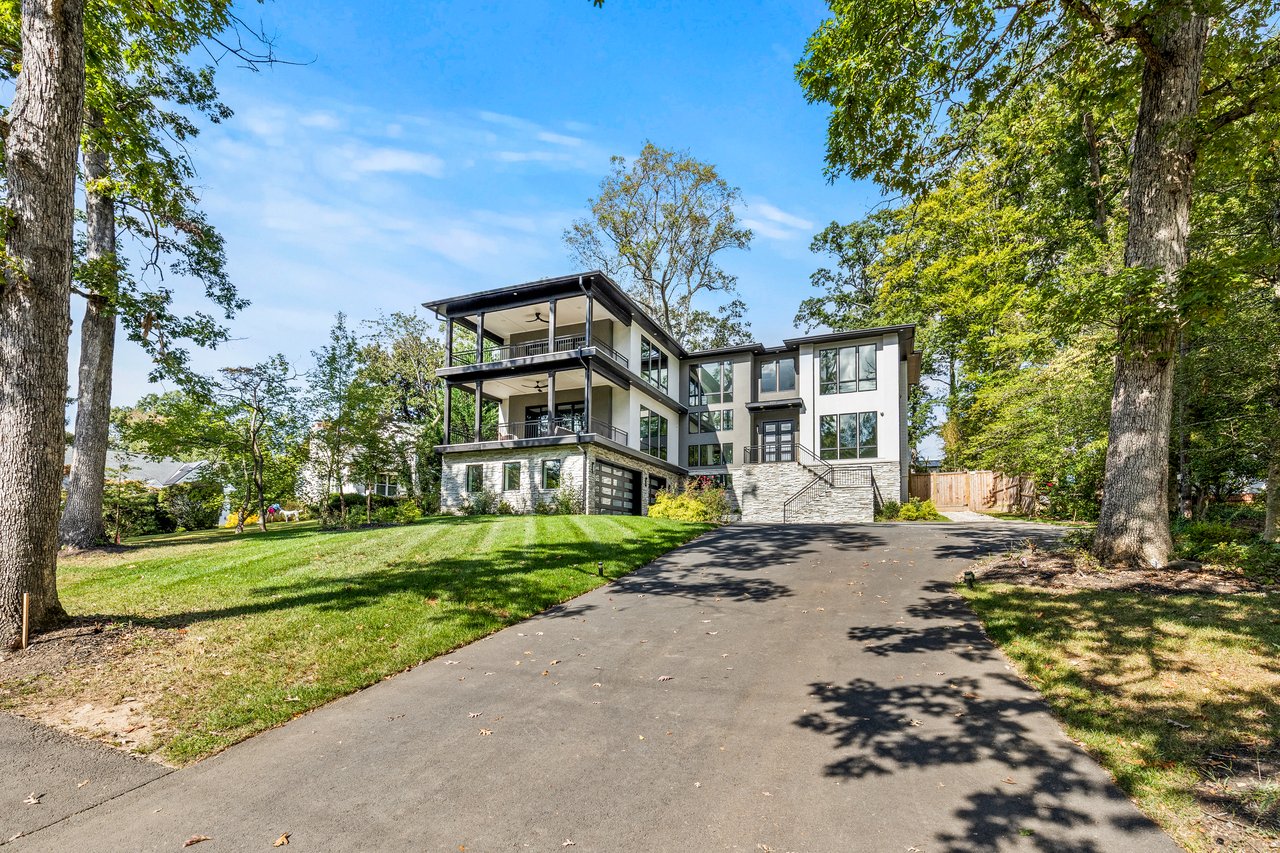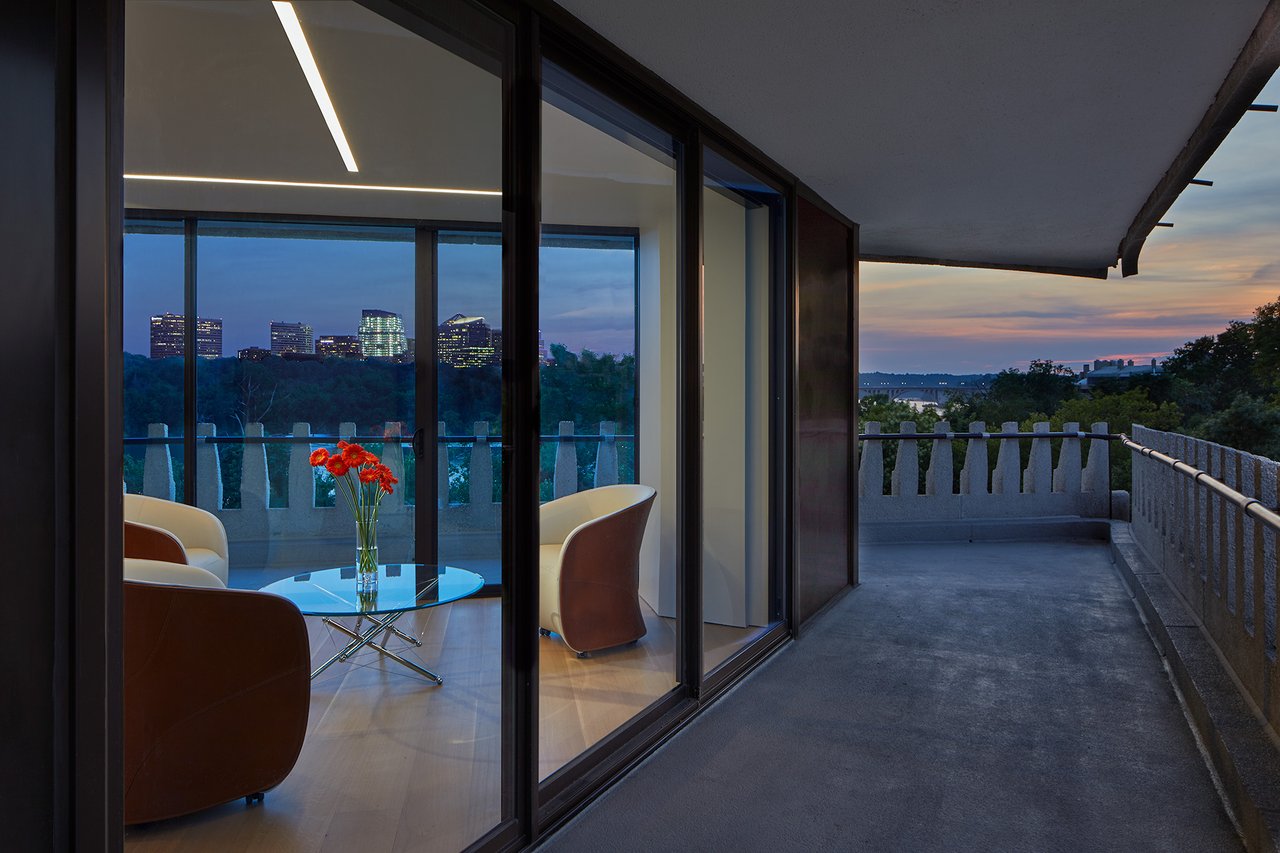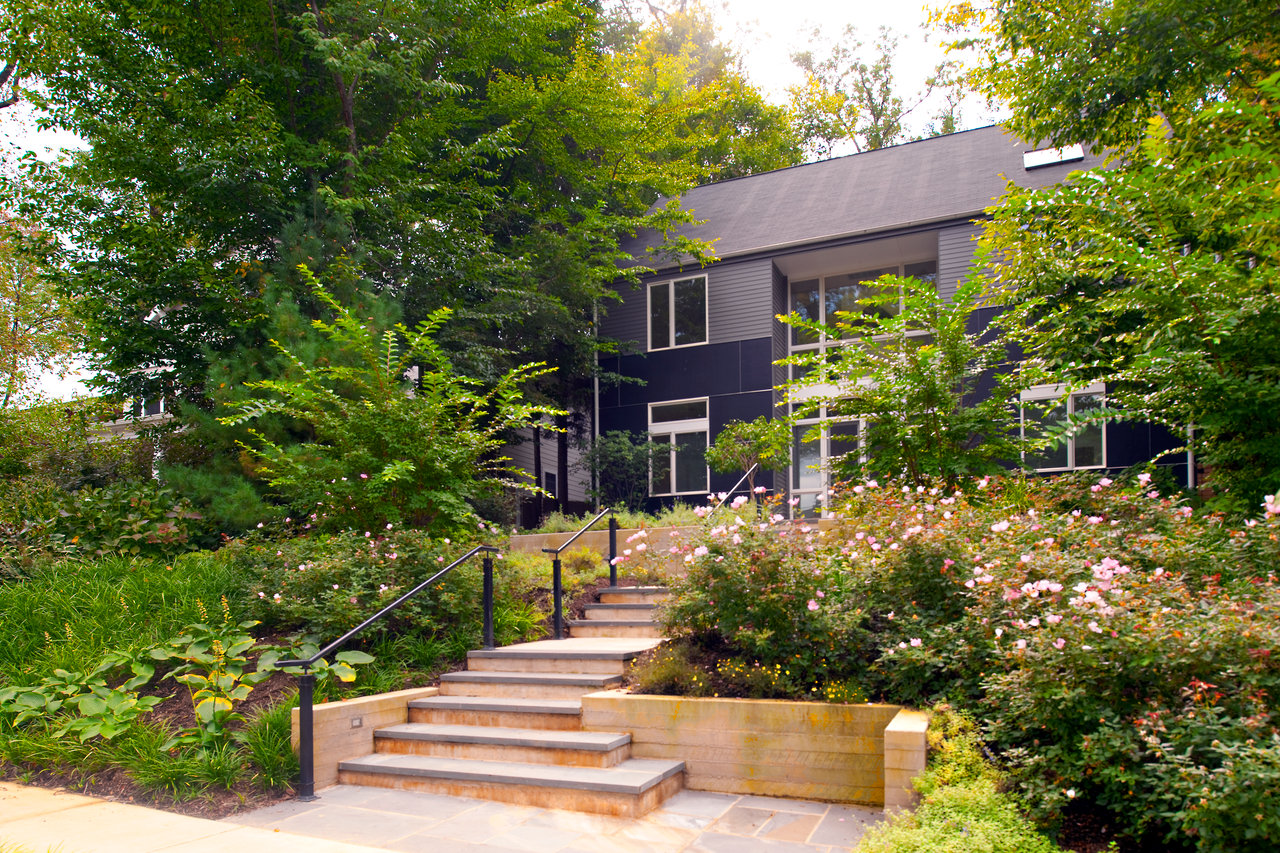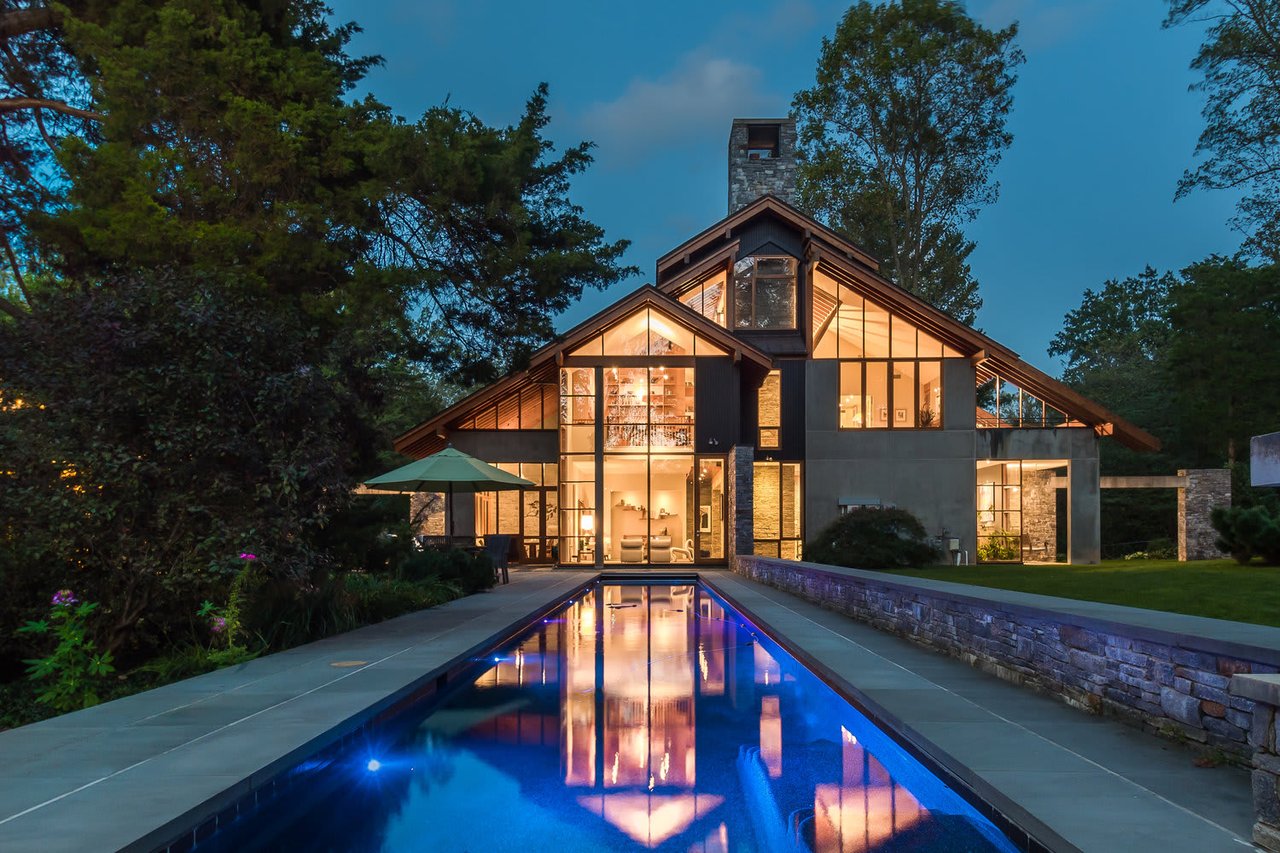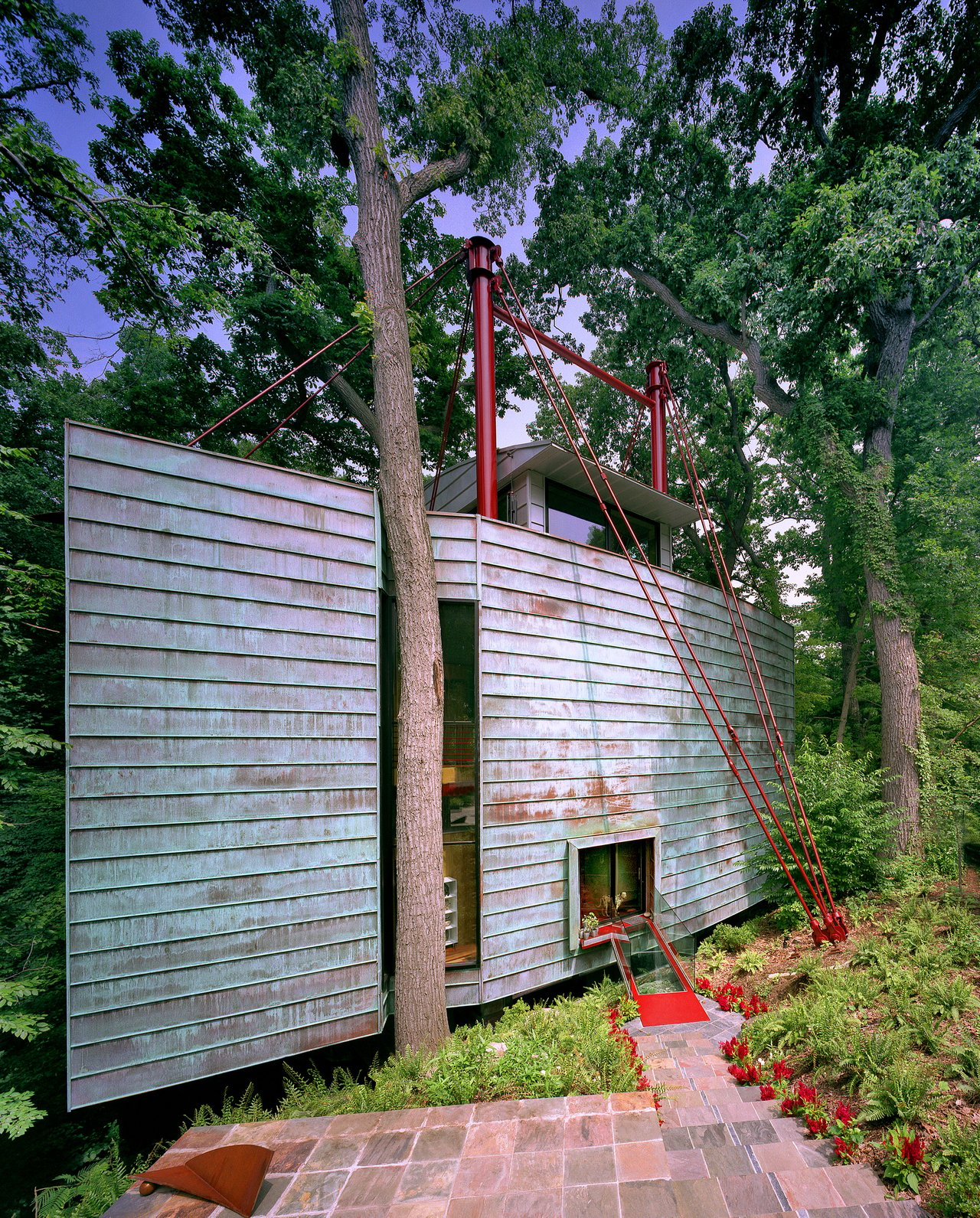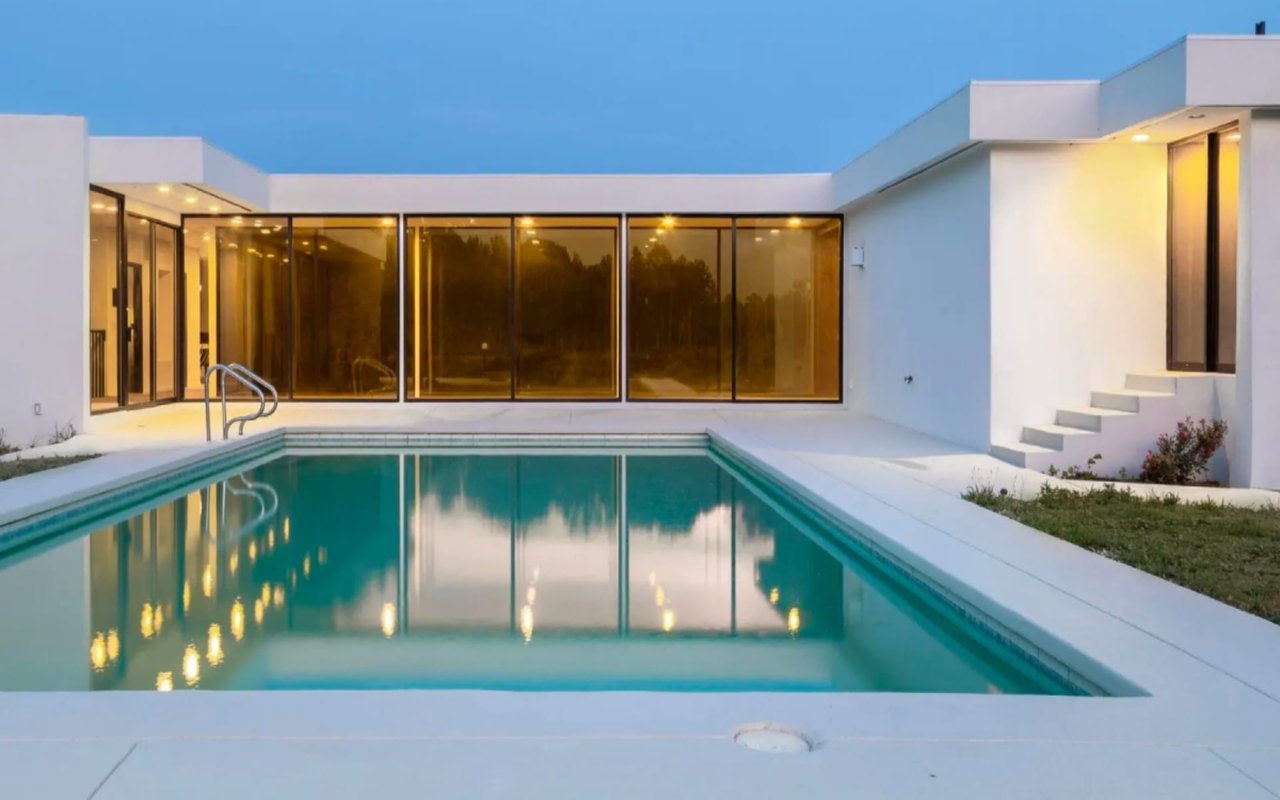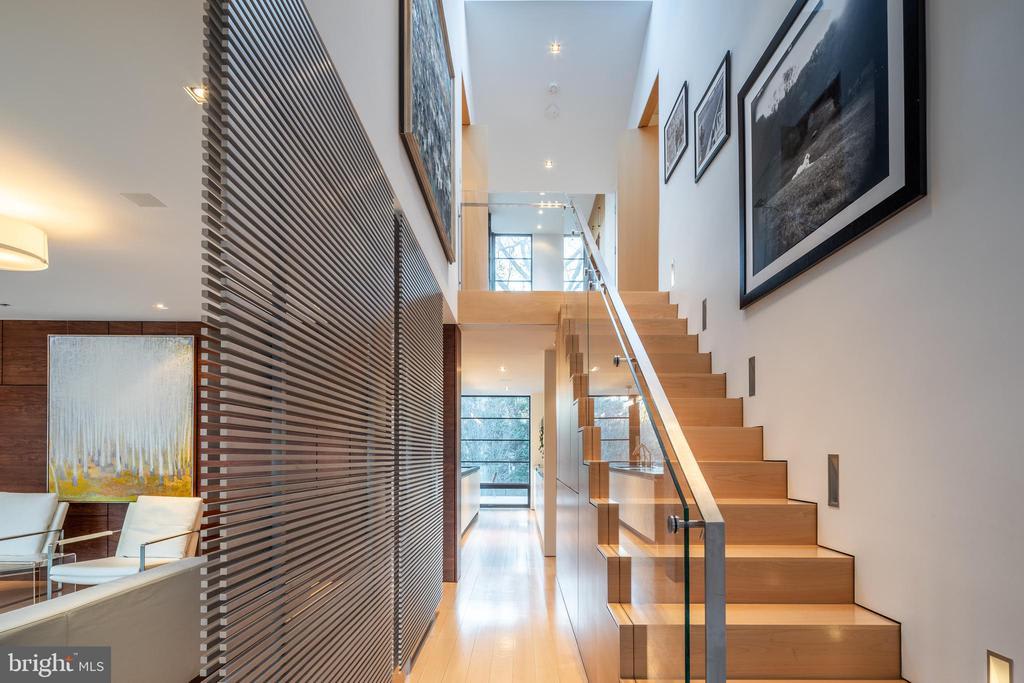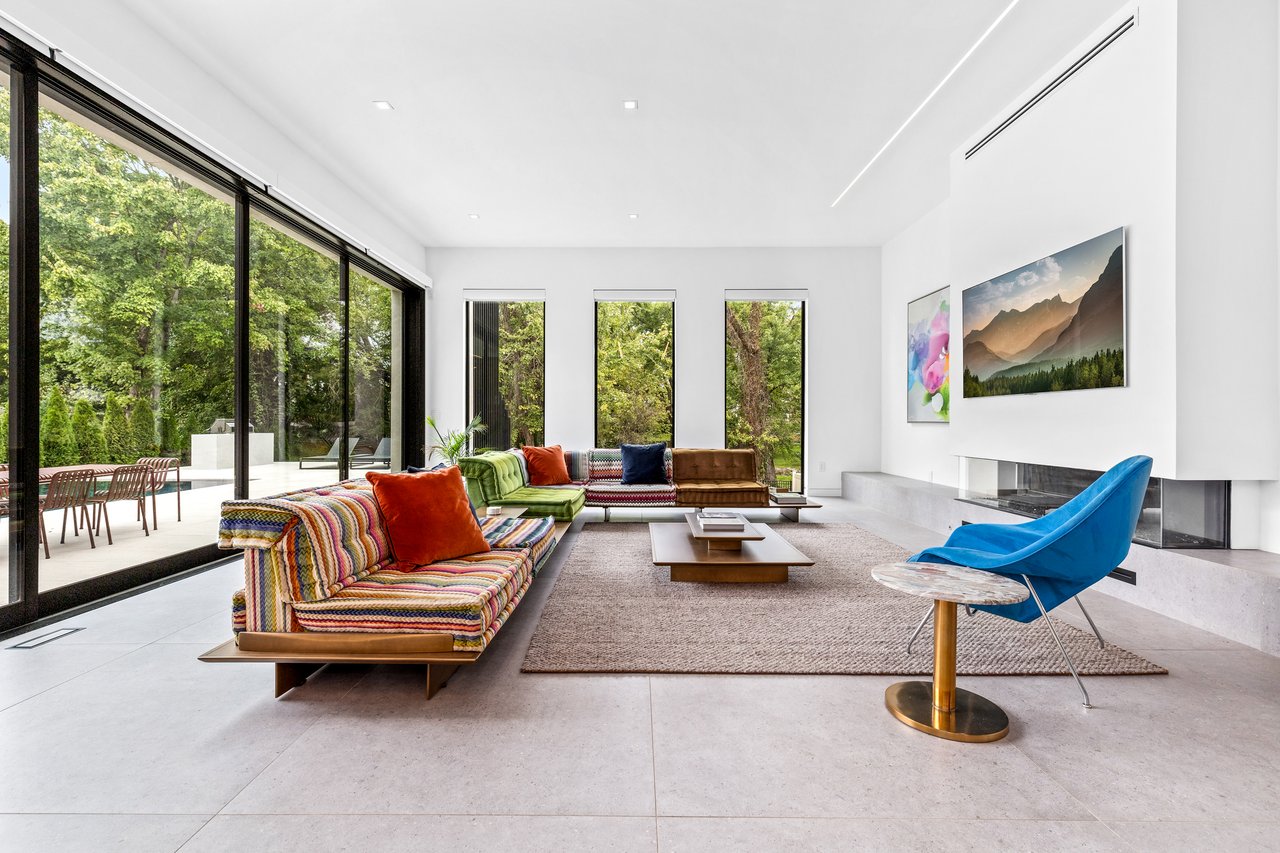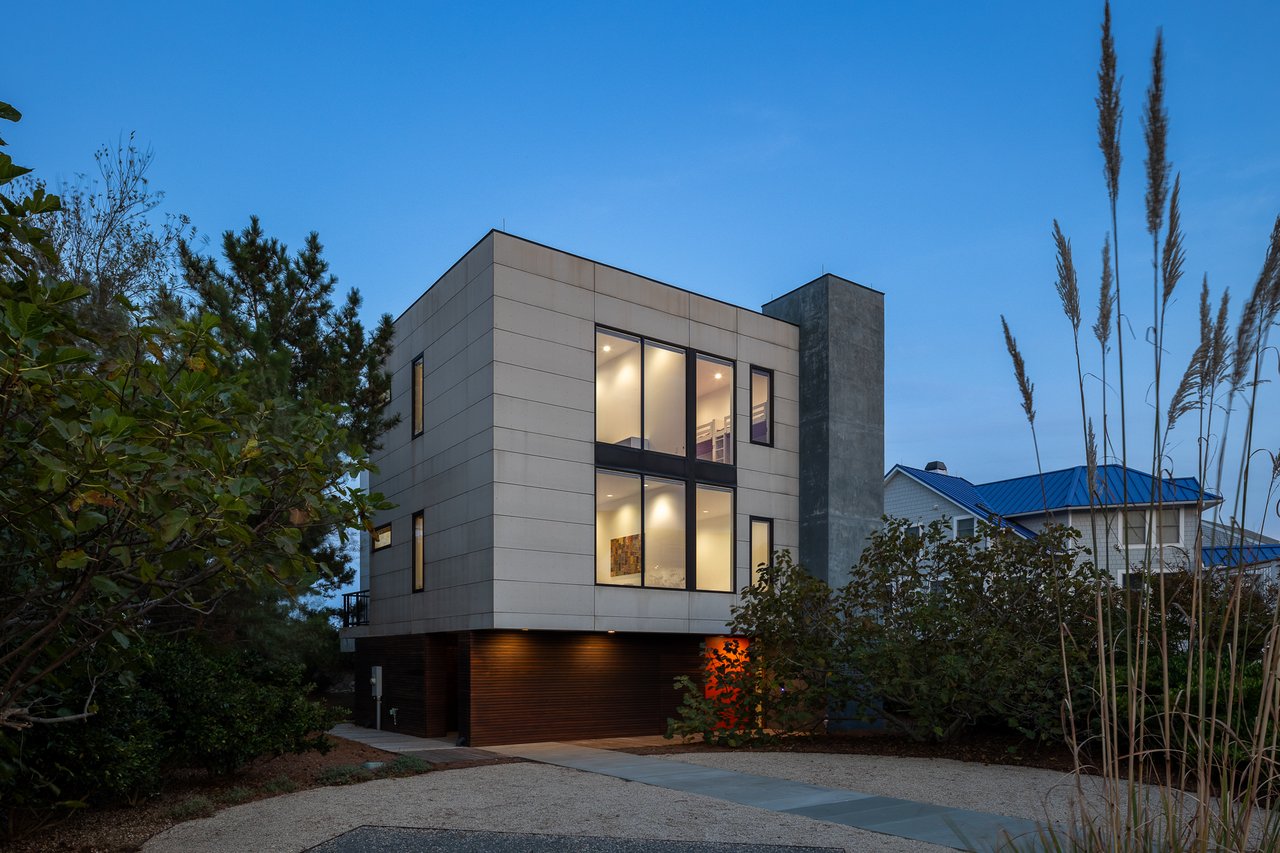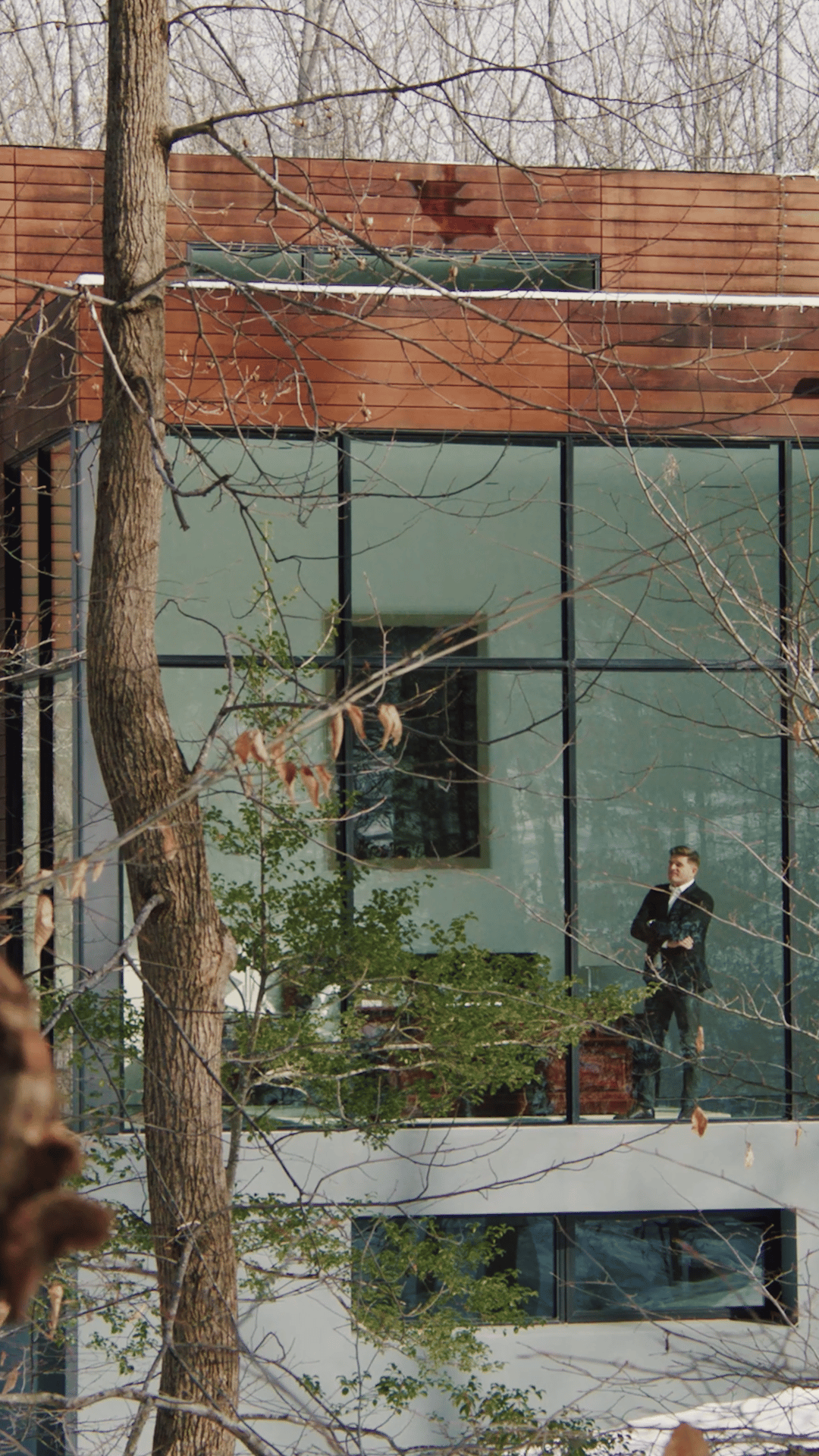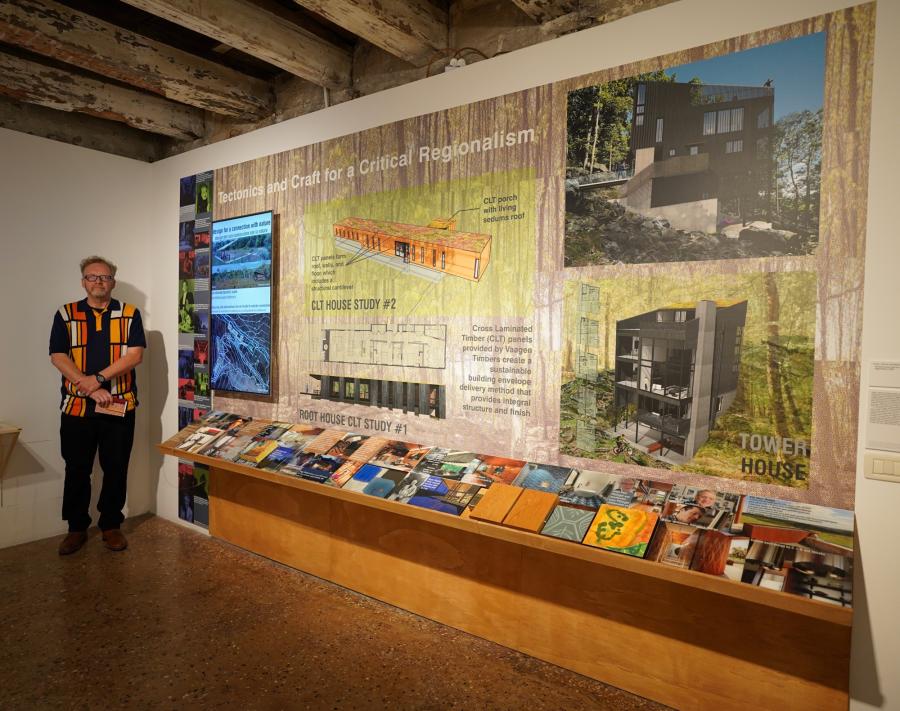The ultra-luxury real estate market operates on a different level than the broader housing market. Properties in this category often exceed price points of $10 million, featuring exclusive locations, exceptional architecture, and top-tier amenities. Understanding appreciation rates in this segment is crucial for both investors and homeowners, as these rates can significantly impact the long-term value and return on investment. This guide explores the dynamics of appreciation in the ultra-luxury market, including the key factors that drive value and the trends that influence growth.
What Drives Appreciation in Ultra-Luxury Real Estate?
Appreciation in the ultra-luxury real estate market is influenced by a unique set of factors that differentiate it from the traditional housing market. While factors like location, supply, and demand still play a role, other elements are equally important in this high-end sector.
-
Exclusivity and Scarcity: Ultra-luxury properties are often located in exclusive, sought-after areas where available land is limited. Locations like Beverly Hills, Manhattan, and prime districts in Washington, DC, are known for their scarcity of ultra-luxury properties. The limited availability of these properties naturally drives up demand, contributing to higher appreciation rates.
-
Architectural Excellence and Design: Unlike standard properties, ultra-luxury homes often feature bespoke architecture, cutting-edge design, and the finest materials. These homes are often designed by renowned architects and interior designers, making them unique works of art. The value of these design elements appreciates over time, especially as architectural styles and tastes evolve.
-
Amenities and Lifestyle Offerings: High-end amenities such as private pools, home theaters, spa facilities, and advanced security systems can significantly enhance the value of ultra-luxury properties. These amenities cater to a lifestyle of comfort and exclusivity, adding to the property's overall appeal and contributing to its appreciation.
Global Economic Factors and Market Trends
The ultra-luxury real estate market is deeply intertwined with global economic factors and market trends. Understanding these influences can help investors and homeowners anticipate how appreciation rates might evolve over time.
-
Global Wealth and Investment Trends: The ultra-luxury market is often driven by global wealth trends. High-net-worth individuals (HNWIs) and ultra-high-net-worth individuals (UHNWIs) frequently invest in luxury real estate as part of a diversified portfolio. Economic growth, stock market performance, and currency fluctuations in various regions can impact the purchasing power of international buyers, thereby influencing demand and appreciation rates.
-
Interest Rates and Financial Markets: Interest rates and the performance of financial markets can affect the luxury real estate market. Low interest rates can make luxury properties more accessible, encouraging investment and driving up prices. Conversely, rising interest rates can lead to a slowdown in the market. However, since many ultra-luxury buyers are less reliant on financing, the impact of interest rates is often less pronounced in this segment.
-
Market Cycles and Buyer Sentiment: The luxury real estate market experiences cycles influenced by economic conditions and buyer sentiment. During periods of economic growth, buyers may be more willing to invest in ultra-luxury properties, leading to increased appreciation. Conversely, during economic downturns, the market may experience a slowdown, although ultra-luxury properties often retain their value better than other real estate segments due to their exclusivity and desirability.
The Impact of Location on Appreciation Rates
Location remains a fundamental factor in real estate appreciation, and this is especially true in the ultra-luxury market. However, the criteria for location in this segment go beyond mere proximity to amenities or city centers.
-
Prestigious Neighborhoods and Addresses: Ultra-luxury properties are typically situated in prestigious neighborhoods that offer privacy, security, and exclusivity. Addresses in areas like Kalorama in Washington, DC, or Bel-Air in Los Angeles carry a cachet that adds intrinsic value. These locations often have a history of strong appreciation rates due to their desirability among affluent buyers.
-
Scenic Views and Natural Surroundings: Properties with stunning views—whether of the ocean, mountains, or city skyline—command higher prices and are more likely to appreciate over time. Similarly, homes that offer access to natural surroundings, such as beachfront properties or those near parks and nature reserves, are highly valued in the ultra-luxury market.
-
Proximity to Cultural and Lifestyle Amenities: Ultra-luxury buyers often seek properties near cultural landmarks, high-end shopping districts, fine dining establishments, and prestigious schools. Proximity to these lifestyle amenities can significantly impact appreciation rates, as they enhance the living experience for residents.
Architectural Innovation and Technological Integration
Innovation in architecture and technology plays a significant role in the appreciation of ultra-luxury properties. Buyers in this segment expect the latest in design, comfort, and smart home technology.
-
Architectural Masterpieces: Ultra-luxury homes that are architectural masterpieces, designed by world-renowned architects, often see higher appreciation rates. These homes are considered timeless pieces of art, with their value often increasing due to their uniqueness and historical significance. Properties with iconic designs or those that set architectural trends tend to become more desirable over time.
-
Sustainability and Green Design: As environmental awareness grows, sustainable and eco-friendly design features have become increasingly important in the luxury market. Homes that incorporate green building practices, such as energy-efficient systems, solar power, and sustainable materials, not only reduce environmental impact but also appeal to buyers looking for responsible luxury living. These features can enhance the property's value and appreciation potential.
-
Smart Home Technology: Advanced smart home technology, including automated lighting, climate control, security systems, and integrated entertainment, is a standard expectation in the ultra-luxury market. Homes equipped with cutting-edge technology are more attractive to modern buyers, contributing to higher appreciation rates.
Understanding Market Volatility and Risk Management
While the ultra-luxury real estate market can offer strong appreciation rates, it is not immune to market volatility. Understanding and managing risks is essential for both investors and homeowners.
-
Economic Downturns: Economic downturns can affect the luxury real estate market, though properties in this segment often have a degree of insulation due to their unique appeal and the financial resilience of their owners. Nonetheless, during global economic crises, there may be a slowdown in sales activity and appreciation rates. Savvy investors often use these periods as buying opportunities to acquire properties at more favorable prices.
-
Market Saturation: In some markets, an oversupply of luxury properties can lead to slower appreciation rates. Developers and investors must carefully monitor market conditions to avoid saturation, which can impact the balance of supply and demand.
-
Diversification and Long-Term Value: One of the strategies to mitigate risk in the ultra-luxury market is diversification. By holding a diverse portfolio of properties in different locations and asset classes, investors can reduce their exposure to market volatility. Additionally, the long-term value of ultra-luxury properties often appreciates, particularly when they are well-maintained and situated in prime locations.
Investing in Ultra-Luxury Real Estate with listModern
Appreciation rates in the ultra-luxury real estate market are influenced by a complex interplay of factors, from location and architectural innovation to global economic trends and lifestyle offerings. While this market segment can be more resilient to economic fluctuations, understanding its unique dynamics is essential for making informed investment decisions.
For those looking to explore luxury real estate opportunities in Washington, DC, contact listModern. Their expertise in the ultra-luxury market can provide valuable insights into current trends, helping you find properties that offer both exceptional living experiences and strong appreciation potential.
*Header photo courtesy of listModern’s website
